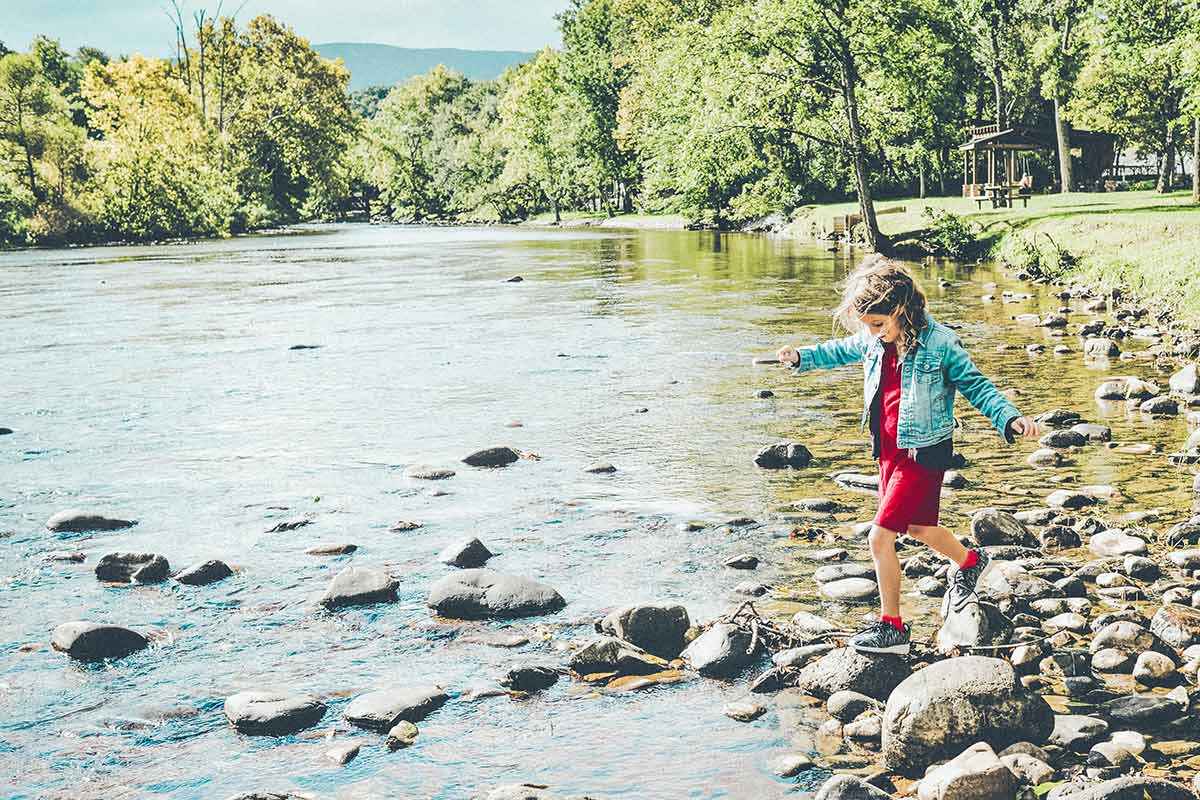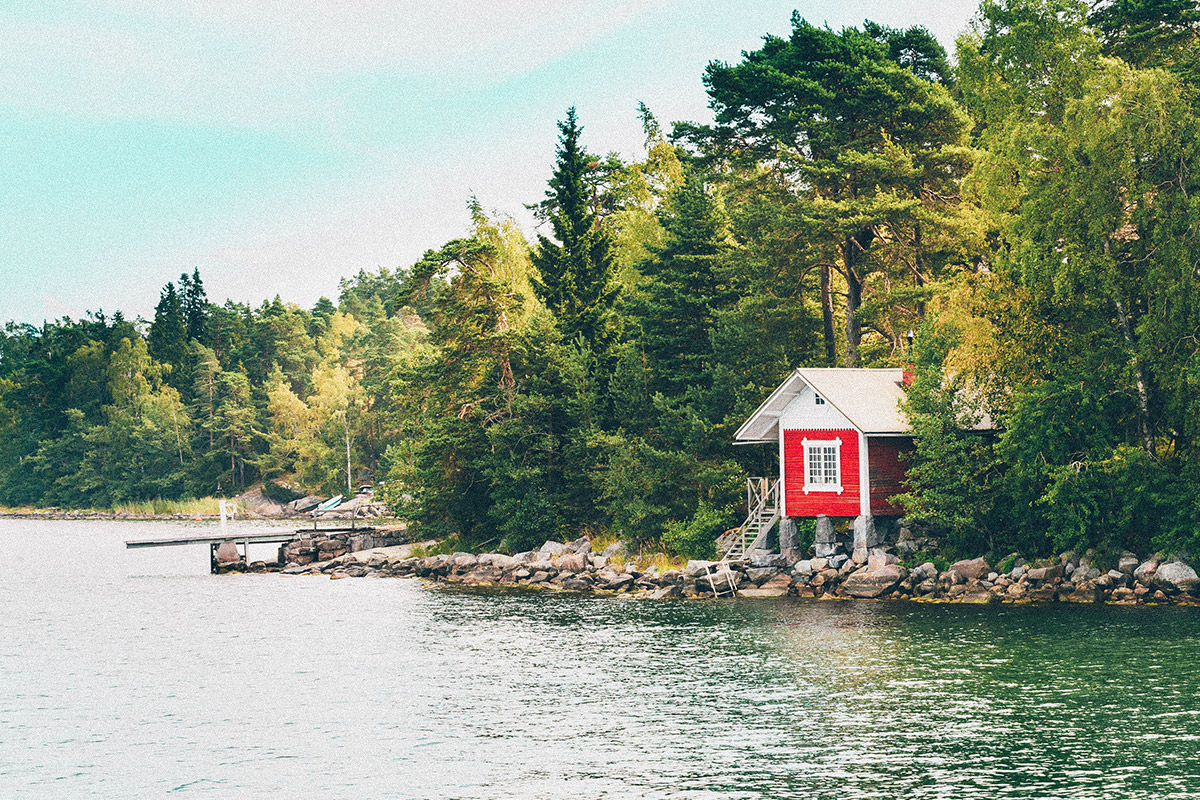
12 Do's and Don'ts of Emergency Funds
Many people say they have an emergency fund. Good for you! But is it structured to give you the most benefit? More importantly, do you treat it like a true emergency fund, or is it just an unknown amount of money that’s there when you want to use it? Like when you just had to have that basketball autographed by your favorite athlete.
Here’s a quick list of do’s and don’ts for building an emergency fund that’s there when you truly need it:
Do’s
-
DO open a separate savings account and name it “emergency account.” Keep this money out of your everyday checking and savings accounts to avoid dipping into the money for non-emergencies.
-
DO set goals. Decide how much you ultimately want in your fund and set a date for when you want to have it there. Then, budget for saving. Divide the amount of money by the number of times you’ll get paid during this timeframe—this will give you the amount you’ll need to sock away from each paycheck.
-
DO take baby steps. If six months’ worth of expenses seems like way too much to save in a short time period, start smaller. Make a goal of $1,000 or $2,000. Once you reach that, up the ante. You’ll feel good about reaching a goal and watching your emergency fund continue to grow.
-
DO add “found money” into your emergency fund. Boost your account balance by adding your latest bonus or money you received from selling items online. You may even try cutting down on eating out (or some other luxury) and add that amount to your emergency fund to reach your goal faster.
-
DO replenish what you use. If you have to use a big chunk for a new roof or car repairs (or something else equally urgent), pay back that money as soon as possible.
-
DO make sure this account is accessible. You never know when you’ll need this money so it doesn’t make sense to tie it up in a certificate account. Research options that offer a better dividend rate than a traditional savings account, like a money market account or high balance savings account—as long as you can access the money at any time without being penalized.
-
DO set up automatic payments. Not only is it one less thing to remember, but you don’t have to worry about that money being spent on other things first. If you don’t see it, you can’t spend it!
-
DO understand what constitutes an emergency. Job loss or unexpected expenses requiring travel, car repairs, medical or dental procedures. Things like gifts, entertainment, vacations and sporting events don’t qualify.
Don’ts
-
DON’T rely on a high-interest credit card to serve as your emergency fund. Even if you have plenty of available credit, you’ll pay more for whatever you buy. Your emergency fund allows you to pay for something you need right away without paying extra in interest charges.
-
DON’T include money you’re using for a vacation in your emergency fund. This is strictly for unexpected necessities. If you have other things you want to save for (like a big family vacation), open a separate savings account.
-
DON’T use all your money to pay down debt before building an emergency fund. Even if you can only save a small amount, it gives you a cushion to help get through the small bumps in the road without throwing your whole budget off track.
DON’T use your 401(k) contribution. Reallocating some of this money to build your emergency fund can have a huge impact on your retirement savings—especially if your employer matches some or all of your contribution. Add to your emergency fund after you’ve paid into your 401(k).
Related Articles

Investing: Quick Start Guide for Beginners

Planning to Retire at Age 66? Maybe Not
